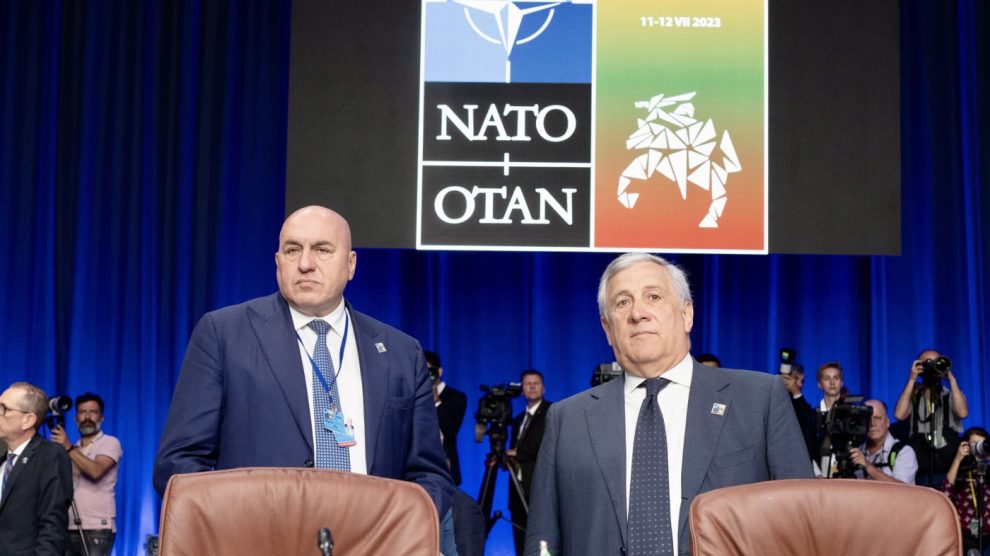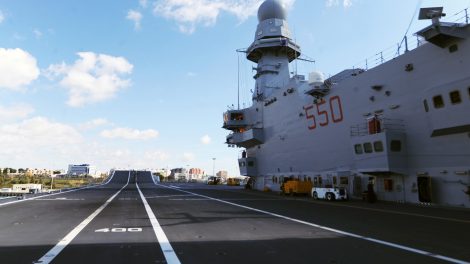Spending struggles. Italy won’t reach the target of allocating 2% of GDP to defence spending for the next two years. The warning came on Wednesday from Defence Minister Guido Crosetto, who, alongside Foreign Minister Antonio Tajani, was heard by Parliament’s Foreign and Defence Committees to debrief the Vilnius NATO summit.
- In the future, the 2% parameter will become the “starting point for the Alliance’s renewed requirements,” continued Mr Crosetto, noting the figure could go up “considering the previous years of underinvestment”.
- In Vilnius, Italy managed to modulate expenditure requests and be exempted from the target – but risks lagging behind the other Allies and missing out on the trickle-down benefits in the longer term.
- Along with other EU nations, Italy favours relaxing State aid rules on defence spending and other strategic areas, such as the energy transition.
What’s the plan? “At the moment, our national plans envisage that Italy will stand at 1.46% in 2023 and then fall to 1.43% in 2024: a downward trend and, as can be seen, we are a long way from 2%,” explained the Defence Minister. That’s equivalent, as he had explained, to about €18.4 billion from 2023 to 2025, “in line with a trend already started by previous governments,” plus a combined €6.6 billion in funds for technological-industrial development over the same period.
- Prime Minister Giorgia Meloni noted that the 2% target must be considered “more broadly. It is not only an issue of how much you spend, it is also an issue of how much you guarantee in terms of the effort you put in with your people, your energy, your professionalism, your centrality, your availability.”
How Italy moves in NATO. FM Tajani then remarked that Rome aided Secretary-General Jens Stoltenberg’s bid for a year-long term and is keeping an eye on promoting its key interest. One key example: it managed to convince the Alliance to “strengthen [its] posture towards the South”, through “greater resources and commitment to the challenges of the Southern Flank.”
- He mentioned “human trafficking, climate change, food security, terrorism” as some of the factors of instability in the region, and “the security of NATO’s southern neighbourhood” as an “essential” feature “for the security of the Alliance”.
- “We want to deepen relations with our partners in the Mediterranean ‘on an equal basis’,” he said, adding that during its G-7 presidency, which is next year, Rome will prioritise both Africa and the Mediterranean area.




